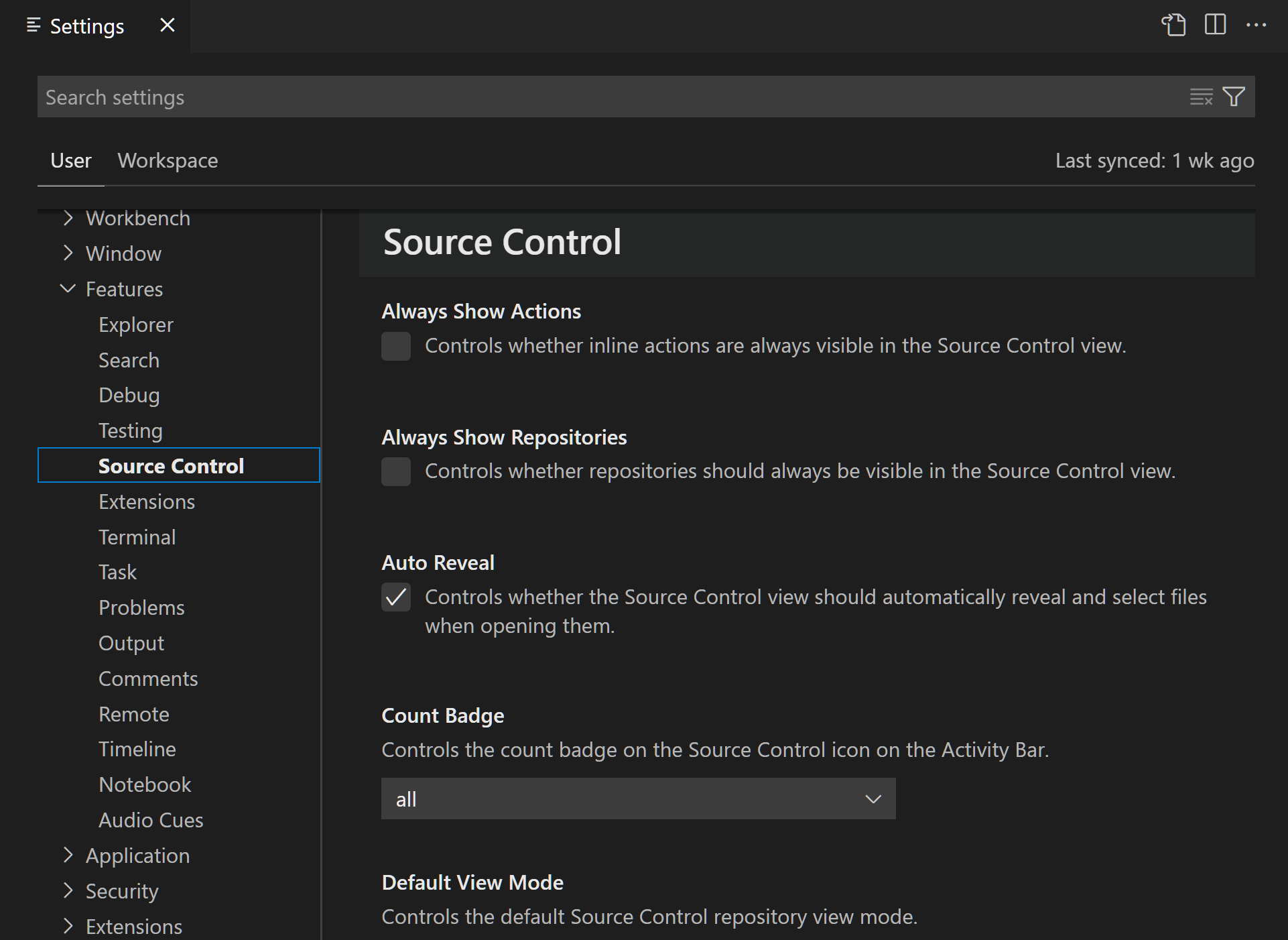
- #Visual studio code workspace location update#
- #Visual studio code workspace location code#
- #Visual studio code workspace location series#
#Visual studio code workspace location code#
The following is a source code example of setting a token. The data connection between the two visualizations is achieved by setting up a token on the column chart $method$= and passing the $method$ token to the search in the pie chart. When users click on a method in the column chart, the pie chart shows a breakdown of all response codes for the clicked method. One is a column chart that displays HTTP methods and their usage frequency, and the other is a pie chart that shows the analysis of HTTP response codes for a given HTTP method. You can specify a token that passes along information between different visualizations. To set default token values for inputs, see Adding and configuring inputs. The following is an example of a defaults section after a token receives a default setting. After setting your default, the defaults section of your dashboard definition updates with a tokens section. You can set a default token in the UI by navigating to the Drilldown Settings of the Configuration panel and following the steps for setting a token. Use default tokens to display data and prevent empty visualizations. Without a default token, a visualization will remain blank until a user interacts with a dashboard element associated with a token.
#Visual studio code workspace location update#
For example, a token can update when a user clicks on a visualization. A token's value will change and update when users interact with dashboard elements.
#Visual studio code workspace location series#

Value in the specified series corresponding to the location clicked

Y-axis value of the series/location clicked Y-axis field name of the series/location clicked The following table represents the predefined token availability and how captured values vary according to visualization type. You can then use the token elsewhere in the dashboard to control the data for a different visualization.ĭashboard Studio supports three predefined tokens: Tokens capture information when a user clicks different visualization elements. vscode/tasks.Use predefined tokens to turn a dashboard experience from viewing to interactive discovery. Now that I have these really handy one-click icons for opening my projects, I thought, “ How cool would it be if it kicked off the commands to start the project too!” Apparently, that’s what Tasks are for, and it wasn’t too hard to set up (thanks, Andrew!). Launch terminal commands when opening a project Workspace files have special little icons like this: They are actually quite useful as files, because I can put the files in my Dock and one-click open my Workspace just how I like it. code-workspace files into a local folder. (I’d avoid the repo itself, just because I don’t want to force my system on anyone else.) It’ll make a file, I thought, and I don’t really have a place for files like that. I knew what it meant, but I was too lazy to deal with it. When you do that for the first time and then close the VS Code window, it will ask you if you want to save a “Workspace.” Meh, maybe later, I always thought. Now I can search across both projects and basically just pretend like it’s one big project. This means I don’t need to deal with my symlinks anymore.

We kind of have a “duo repo” thing going on at CodePen (one is the main Ruby on Rails app, and one is our microservices), and now I can open them both together: Multiple folders open at once. I always assumed when you had a project open, it was one top level root folder and that’s it, if you needed another folder elsewhere open, you would open that in another window. I had a project folder open in VS Code like I always do, and I added another different root folder to the window.

I did a little thing the other day that I didn’t know was possible until then.


 0 kommentar(er)
0 kommentar(er)
